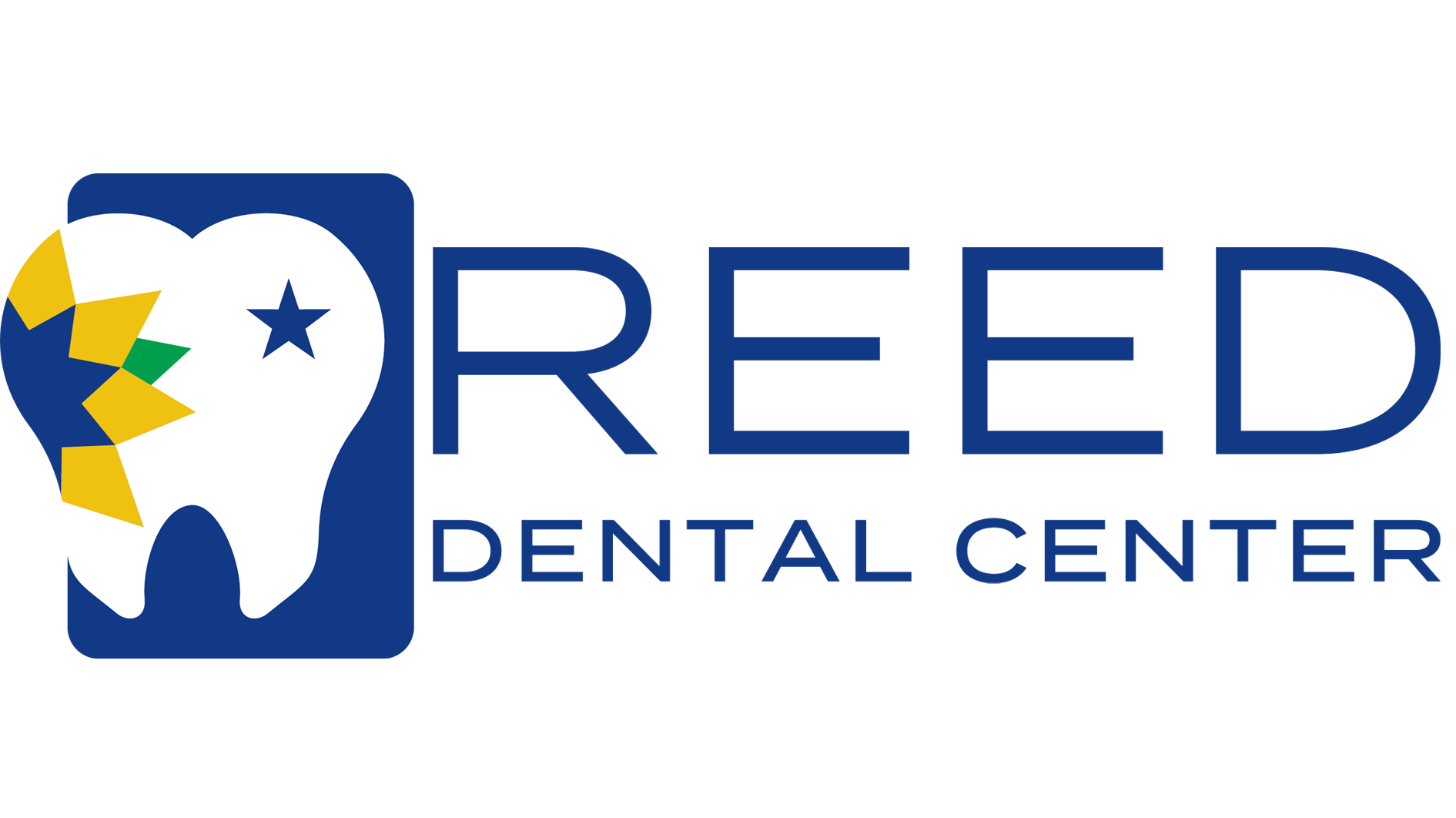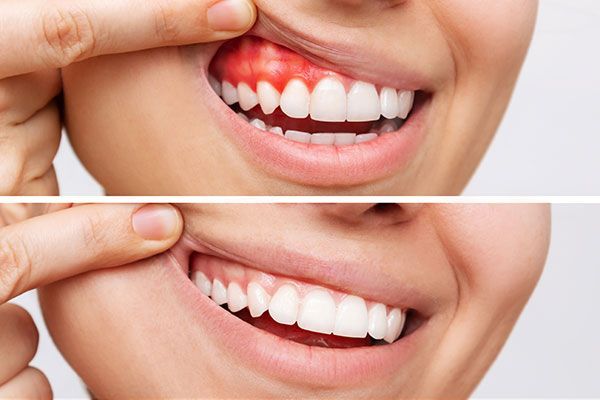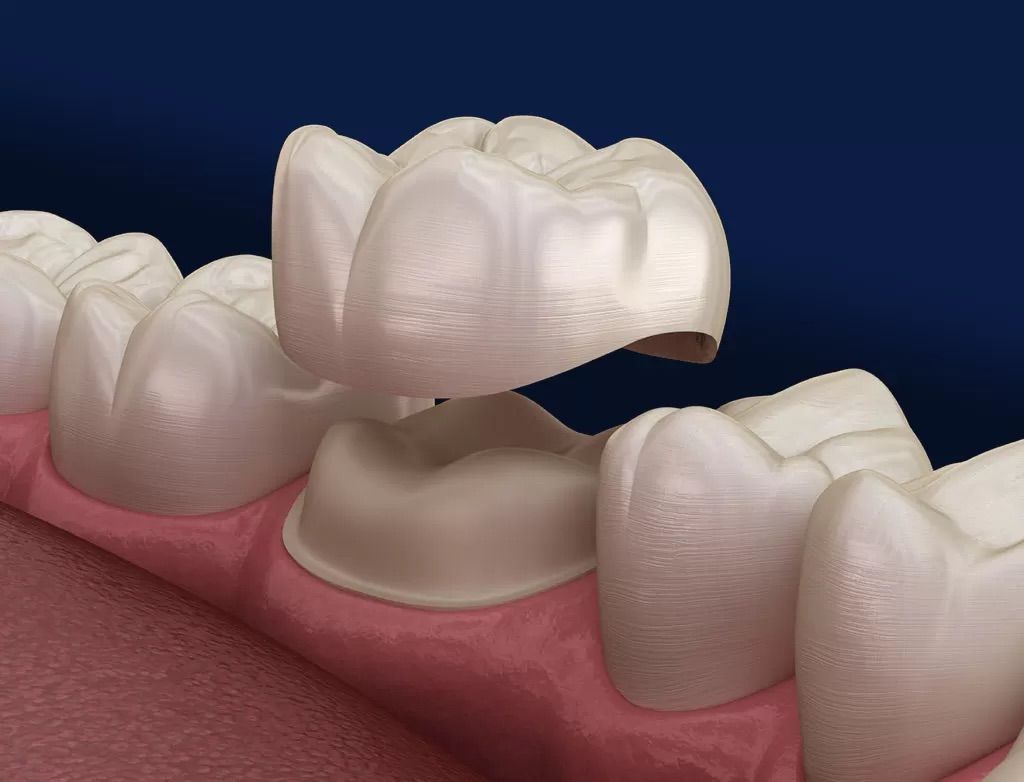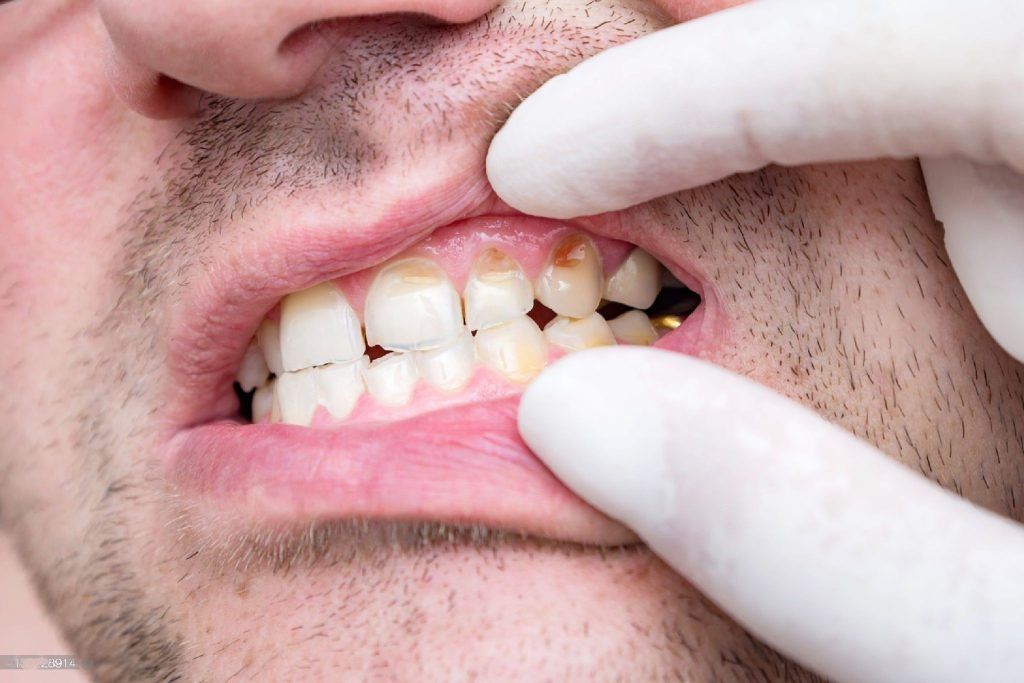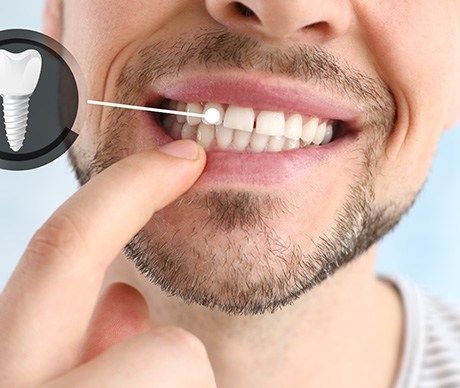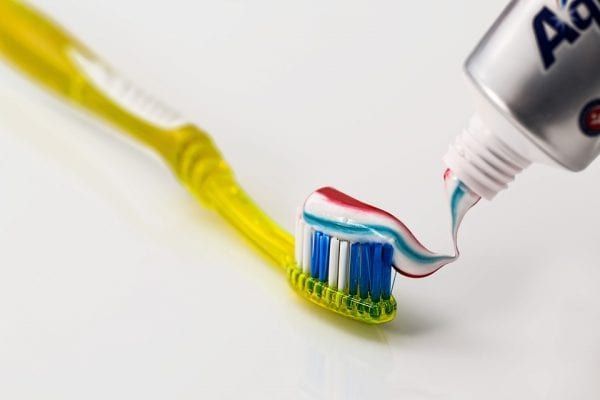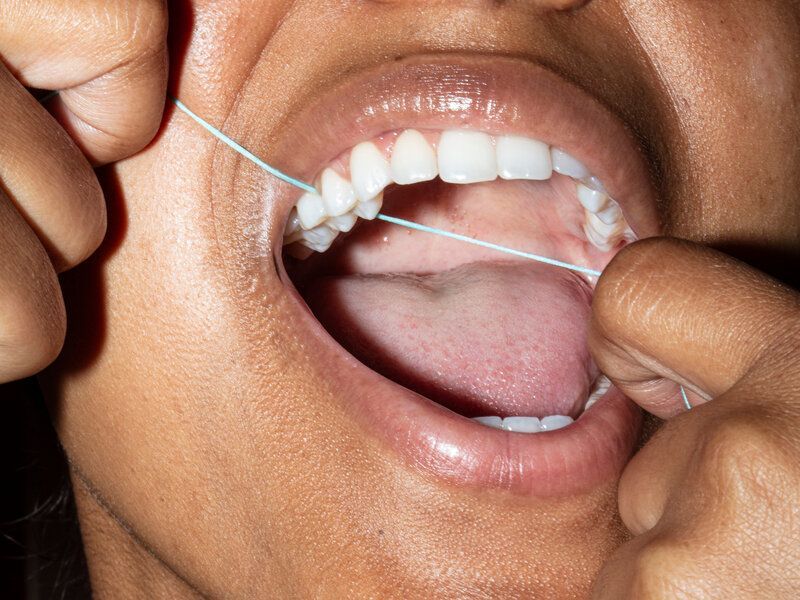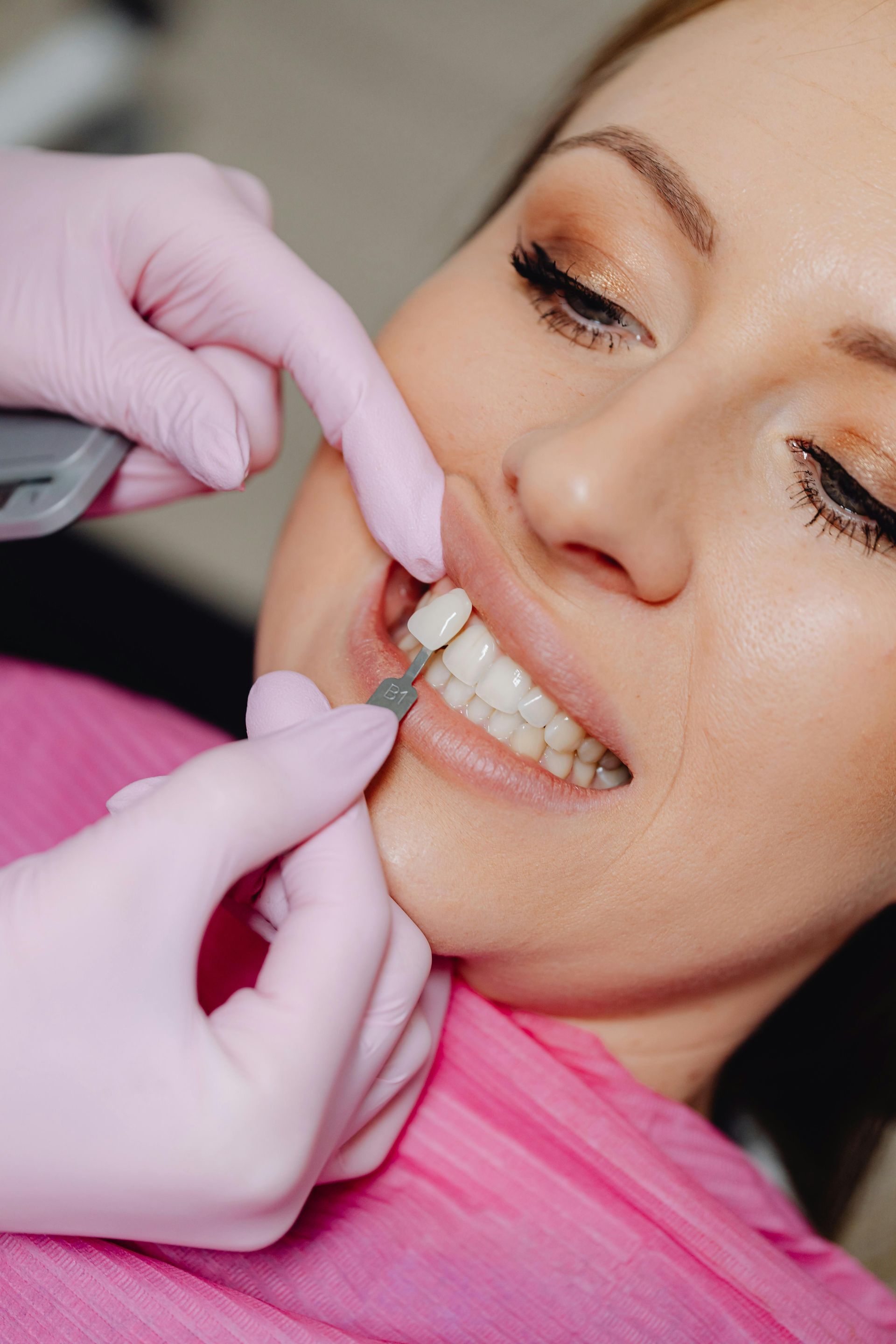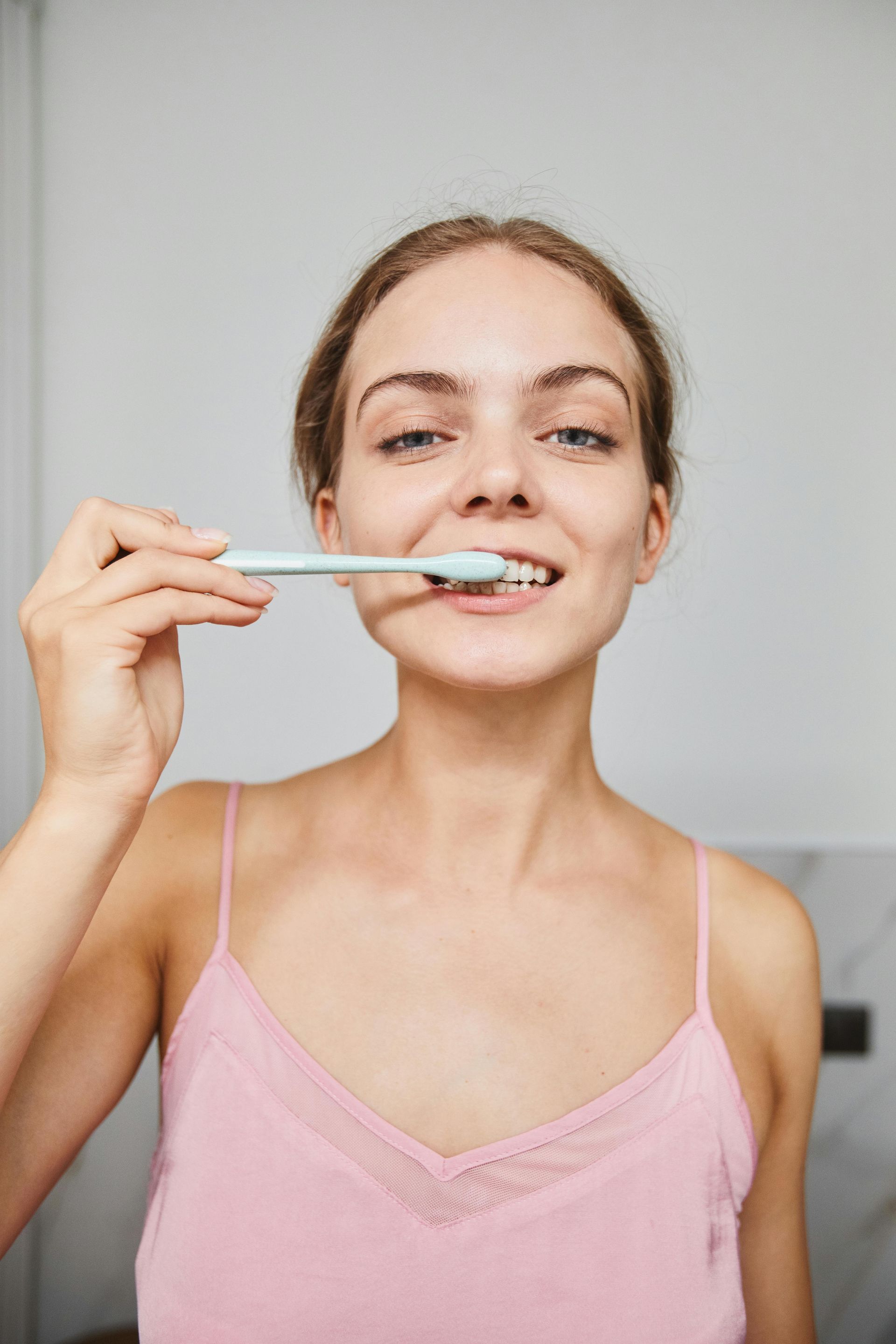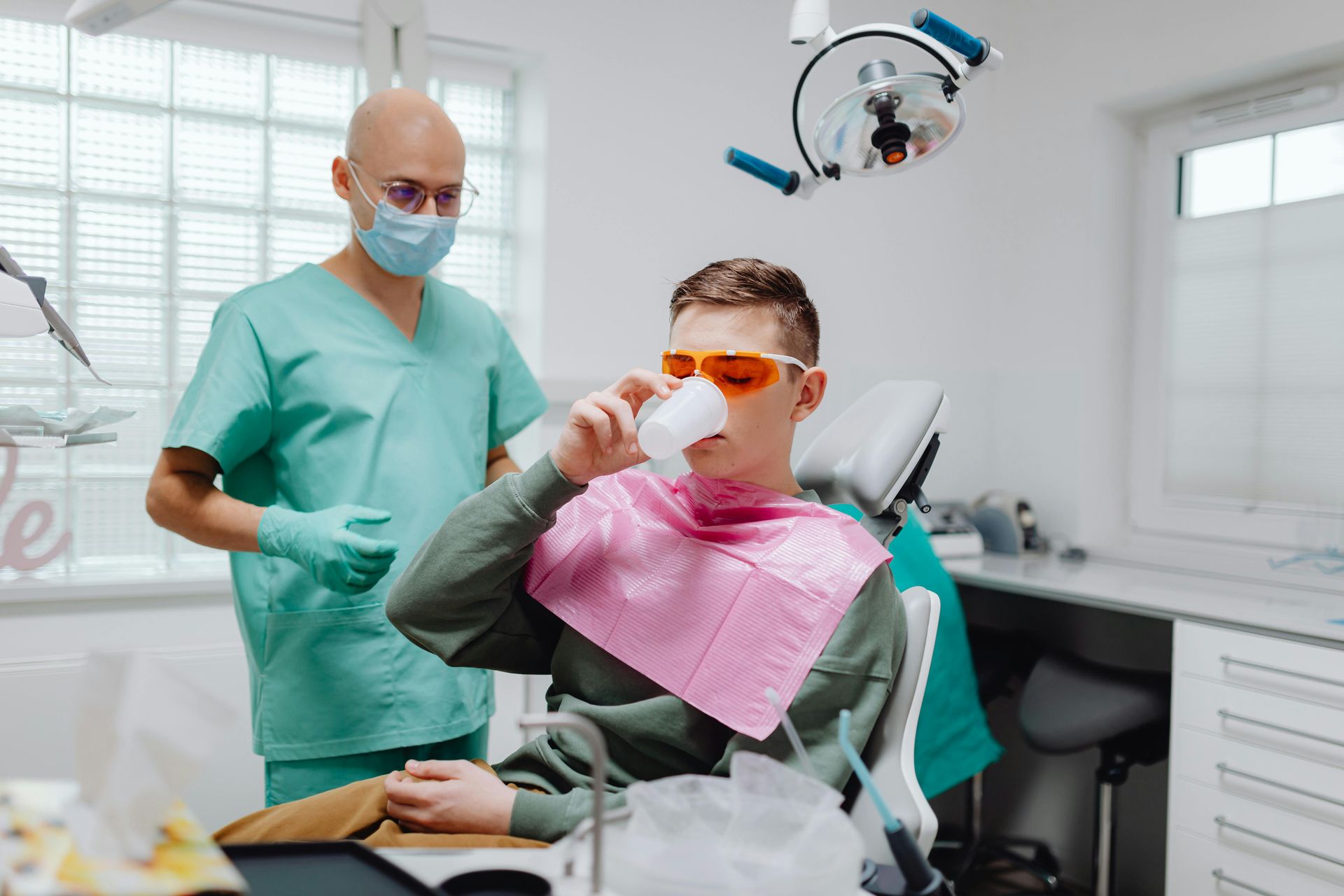Is Your Child Using the Appropriate Toothbrush for Their Age?
Did you know that there are toothbrushes based on a child's age?
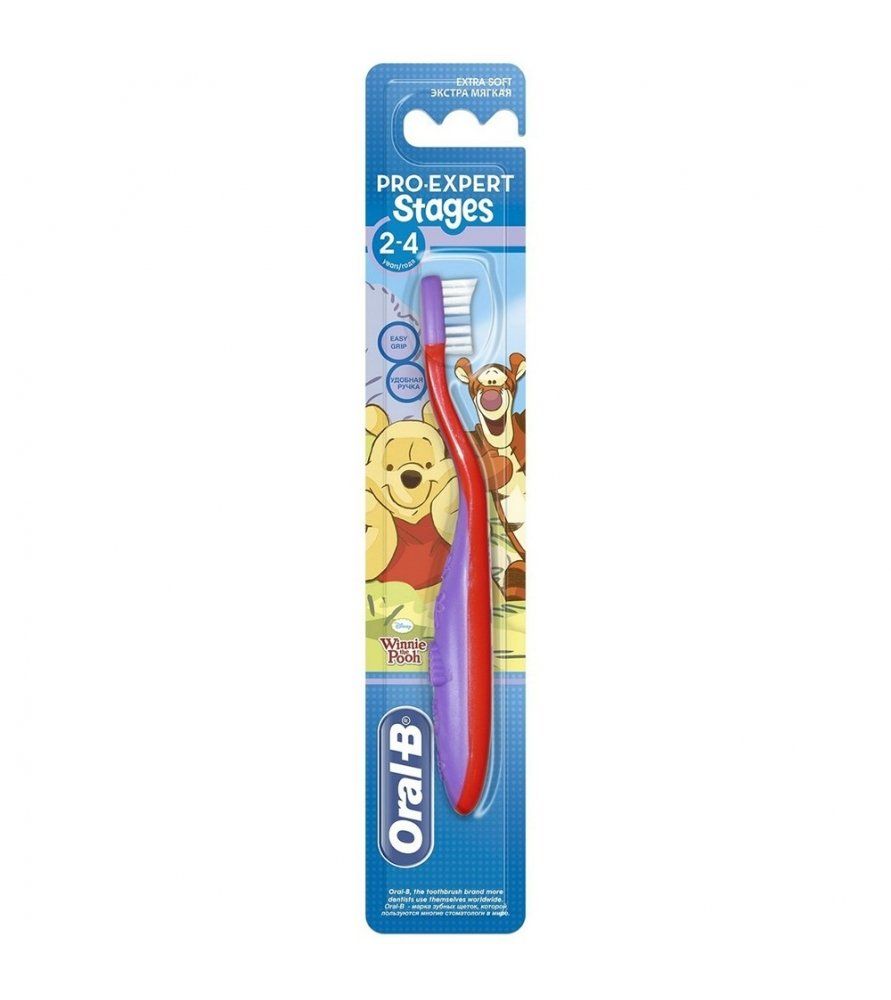
It's easy to think that there is only a one size fits all toothbrush as an adult. However, there are different sizes of toothbrushes based on a child's age. These changes in toothbrush sizes as your child grows have a purpose.
As a parent of a newborn, you may wonder how am I supposed to take care of my baby's mouth and teeth. This is a valid question to ask. Typically, babies do not have any teeth when they are born. It isn't until around 6 months of age that a baby will start to show their first tooth. During this period of growth you can use a warm washcloth to clean and massage your baby's gums and teeth. You can also use a finger slip that is made of textured silicone to remove sugar and milk buildup.
You can use a baby toothbrush from the time your child gets their first tooth until the age of 2. It helps your child get acclimated to having a toothbrush in their mouth until they get to an age where they can start to mimic your actions. Starting habits early is important. If parents make brushing teeth important children will recognize this and follow in their footsteps.
Around the age of 2 children will usually have all twenty of their baby teeth. It is good to let your child try brushing their teeth on their own. It helps give them the skills they need for later in life. However, it is important for parents to follow up brushing their child's teeth after they have tried brushing on their own because this allows the parent to get all the surfaces that a child misses.
By the time a child reaches the age of 3 they have much better dexterity. They will be doing a better job at brushing their teeth on their own at this age, but it is encouraged to continue to monitor their brushing and follow up as needed. Their toothbrush handle will change in size so that they can grab and manipulate the toothbrush easier as they grow.
At age 6 children will start to get their first permanent molars in the back of their mouths behind their baby teeth. Your child's mouth will be getting larger to accommodate these teeth and a larger toothbrush head will be needed to reach the surfaces in the back. Again, the toothbrush handle will change to better adapt to the size of your child's hand as they continue to grow.
It is recommended that parents always monitor their child's brushing habits until good habits have been established. A child will begin to reliably brush their teeth between the ages of 6-9. Once your child can demonstrate good brushing habits they should be set for a lifetime of good oral health along with their regular visits to the dentist!
New Paragraph
All Rights Reserved | Reed Dental Center
CALL US: 785.274.9917
